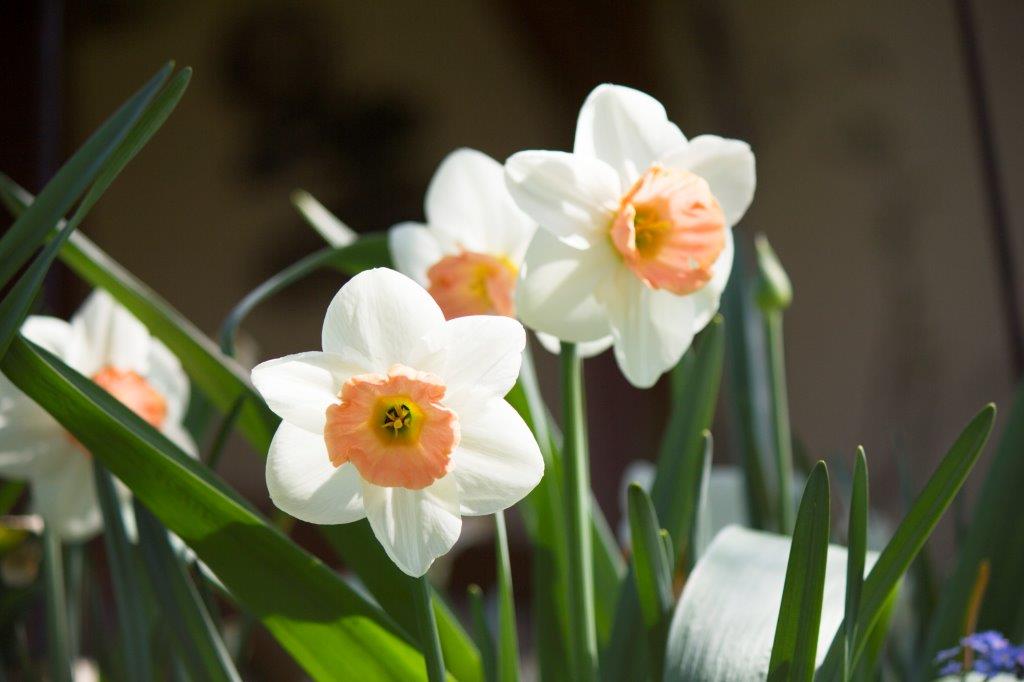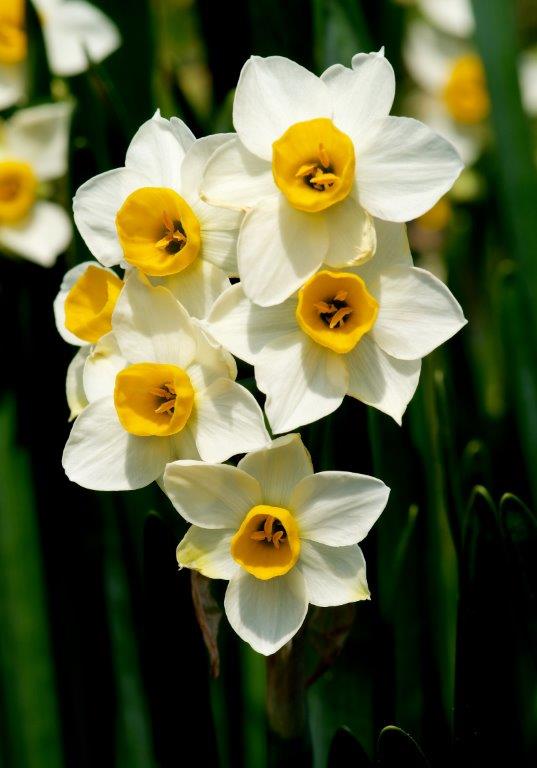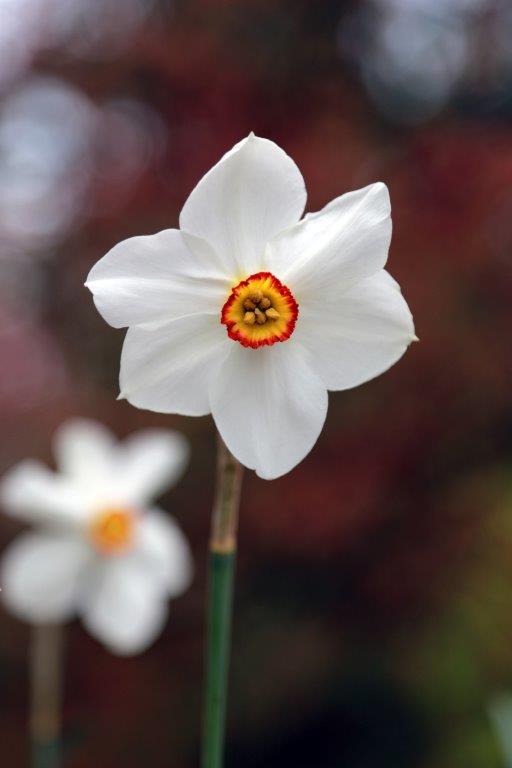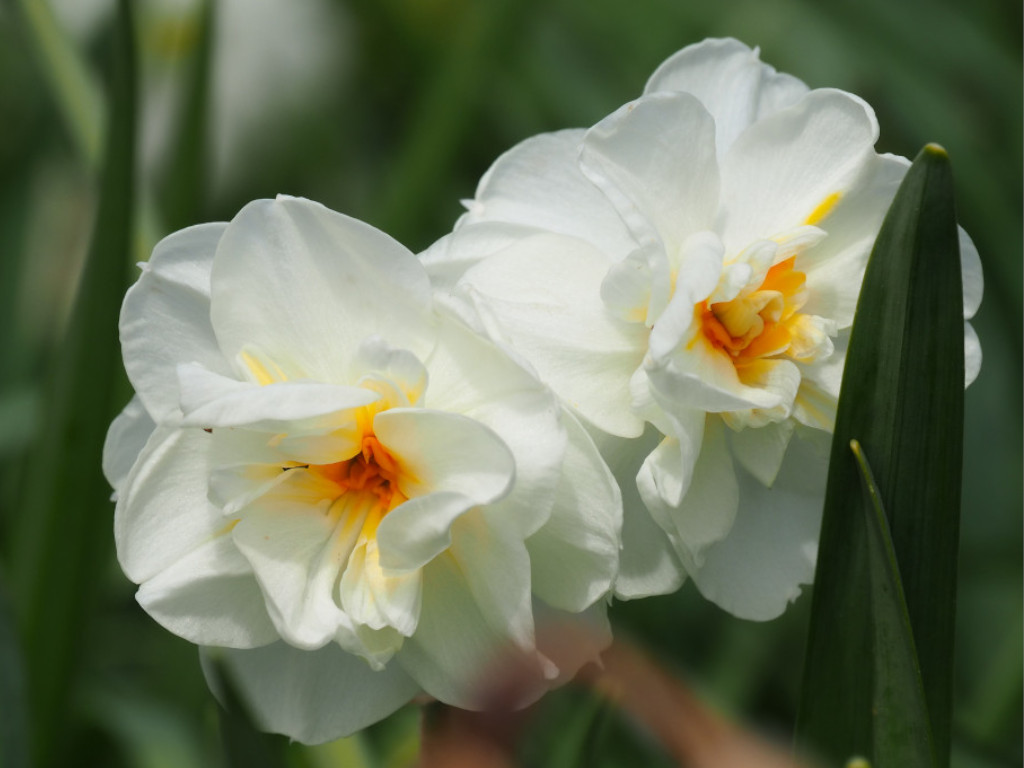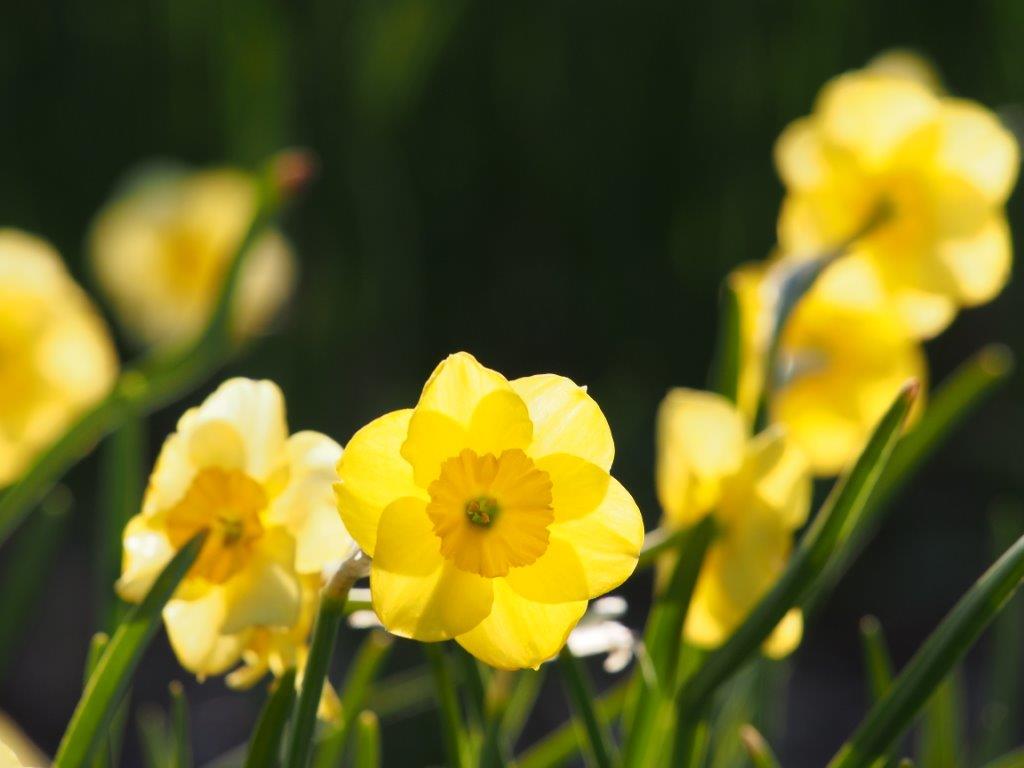Narcissi have a long and storied history, with mentions of the flower dating back to ancient Greek and Roman times. In Greek mythology, the story of Narcissus is one of the most famous tales associated with the flower. According to the myth, Narcissus was a beautiful youth who fell in love with his own reflection in a pool of water and eventually died from his unrequited love. From his body, a beautiful flower grew, which was named after him – the narcissus.
In ancient Rome, the flower was also associated with death and the underworld, and was often used in funeral rites. Later, in the Middle Ages, narcissi were cultivated in monasteries and used for medicinal purposes. It wasn’t until the 16th century that they began to be appreciated purely for their ornamental value.
Today, narcissi are widely grown and enjoyed as a popular spring-flowering bulb. They are a symbol of new beginnings, rebirth, and renewal, making them a popular choice for Easter and other spring celebrations.
Why Choose Organic Narcissi?
The main difference between organic and conventionally grown narcissi is the method of cultivation. Organic narcissi are grown using natural and sustainable methods that prioritize soil health, biodiversity, and environmental sustainability, while conventionally grown narcissi are typically grown using synthetic fertilizers, pesticides, and herbicides.
Organic narcissi are grown without the use of synthetic chemicals, instead relying on natural methods like crop rotation, cover cropping, and composting to maintain soil fertility and control pests and diseases. Organic growers also prioritize biodiversity by encouraging beneficial insects, birds, and other wildlife on their farms.
In contrast, conventionally grown narcissi may be treated with synthetic fertilizers to enhance growth and yield, and pesticides and herbicides may be used to control pests and weeds. While these chemicals can be effective at controlling pests and diseases, they can also have negative impacts on soil health and biodiversity, and may contribute to environmental pollution.
Overall, the choice between organic and conventionally grown narcissi depends on personal preference and values. Organic narcissi may be a better choice for those who prioritize natural and sustainable farming methods, while conventionally grown narcissi may be a better choice for those who prioritize cost and availability.
How to Grow Narcissi
Narcissus is a genus of perennial herbaceous plants, commonly known as daffodils. They are popular for their beautiful trumpet-shaped flowers that come in various shades of yellow, white, and orange. Here’s some information on how to grow them and when to plant them:
Planting Time: Narcissi are typically planted in autumn, between September and November, when the soil is still warm but the weather is cooler. This allows the bulbs to establish their roots before the ground freezes.
Soil Requirements: Narcissi prefer well-drained soil that is rich in organic matter. They can grow in both full sun and partial shade.
Planting Depth: Plant the bulbs at a depth of about 3 to 4 times the height of the bulb. For example, if the bulb is 2 inches tall, plant it 6 to 8 inches deep.
Spacing: Space the bulbs about 3 to 6 inches apart, depending on the size of the bulb.
Watering: Water the bulbs after planting, and keep the soil moist but not waterlogged. During the growing season, water the plants regularly, especially during dry spells.
After Bloom Care: Once the flowers have faded, leave the foliage in place until it has yellowed and died back naturally. This allows the bulb to store energy for next year’s growth.
Narcissi are relatively easy to grow and care for, and they can provide years of beautiful spring blooms.
Types of Narcissi
There are many different varieties of narcissi, with varying flower shapes, colours, and bloom times. Here are a few examples:
Trumpet Daffodils – These are the classic daffodil, with a large trumpet-shaped centre and six petals that flare outwards. They come in shades of yellow, white, and orange.
Jonquil Narcissi – Jonquils are smaller and more delicate than trumpet daffodils, with clusters of small, fragrant flowers on each stem. They are often yellow or white and bloom in early to mid-spring.
Double Narcissi – These narcissi have multiple layers of petals, giving them a frilly appearance. They come in a range of colours, including pink, white, and yellow.
Miniature Narcissi – As the name suggests, these narcissi are smaller in size, with dainty flowers on slender stems. They come in a variety of colours, including white, yellow, and orange.
Poeticus Narcissi – Also known as pheasant’s eye daffodils, these narcissi have small, fragrant flowers with a white centre and a ring of red around the edge of each petal. They bloom in late spring and are often used in naturalized plantings.
These are just a few examples of the many different types of narcissi available. When selecting a variety, consider bloom time, flower shape and colour, and growing conditions to ensure the best results in your garden.

